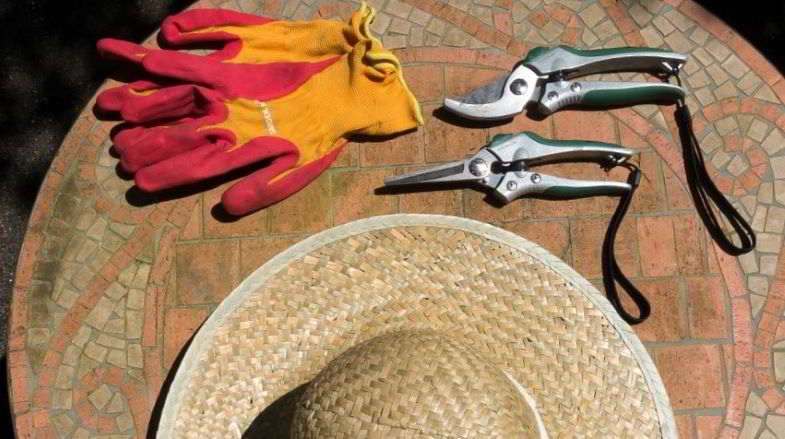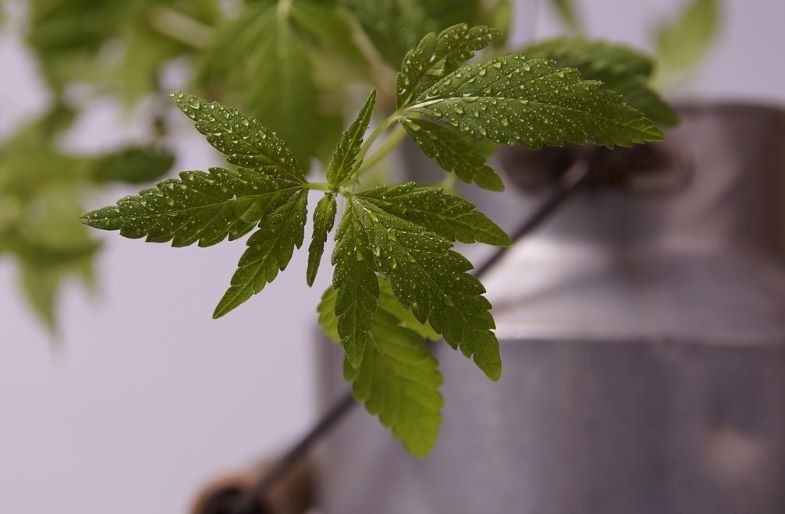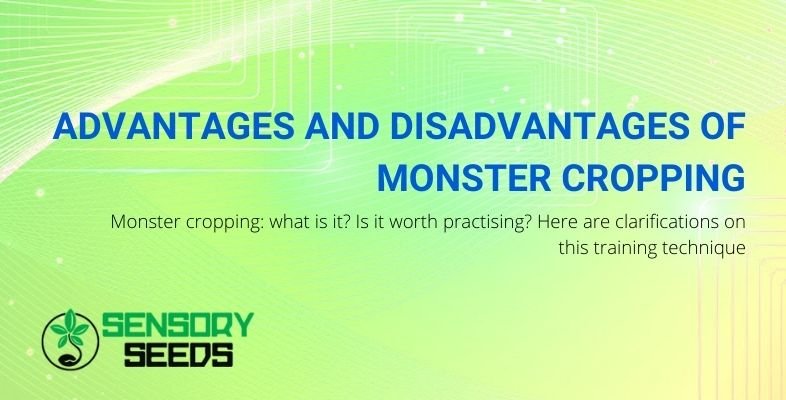Modified on: 07/09/2021
Monster cropping: what is it? Is it worth practising? Here are clarifications on this training technique
Have you heard of Monster Cropping in connection with the cultivation of legal hemp?
This bizarrely named technique is actually very popular among hemp growers, and the reason is simple: it allows you to increase your crop yield by taking cuttings from the best female plant in the plantation.
And the name? It is derived from the appearance and productivity of these new clones in flower.
It is a technique that allows you to obtain dense and lush plants from flowering plants, but not by waiting for the cannabis seeds to emerge, it happens much earlier.
Want to know more?
Here you can find out what Monster Cropping is, the advantages and disadvantages of adopting this technique and how to put it into practice.


Monster Cropping: what is it?
From the choice of marijuana seeds through the vegetative stage to flowering, cannabis growers are always looking for the best techniques to maximize the yield and obtain quality products.
It is precisely when it comes to yield that Monster Cropping step in: but what is it?
Monster cropping is a training technique that consists of taking clones during the flowering phase and returning them to the vegetative phase.
The result is a bushy plant with an excellent yield, which may initially look very strange (many different deformations are common) but will later become a monster of productivity!
Hemp growers use this technique for indoor, outdoor, and greenhouse cultivation.
Now let’s go into even more detail.
Read also: What is ScrOG cultivation and what advantages does it offer?
Advantages and disadvantages of monster cropping: here are both sides of the coin.
Having made it clear that the technique of monster cropping maximizes the yield of hemp crops, it is now important to work out the details, because it is not suitable in all cases.
For example, in crops grown from auto-flowering seeds, it is not recommended, and the same applies to slow-growing plants.
Let’s take a look at the main pros and cons.
Monster Cropping and advantages.
The most obvious advantages of practicing this particular training technique are mainly these 3:
- Continuous harvesting without a mother plant.
Once you have taken clones from flowering hemp plants and allowed them to root and grow, you will no longer need to keep the mother plants that take up so much space, but you will be able to have continuous harvests from these new bushy plants. - Explosive yield.
When a flowering clone vegetates again, it does not grow as fast as the mother plants, but it is thicker, bushier and faster: a monstrous growth! A lot of side branches develop, which can have an optimal light absorption, therefore you can grow plants with an optimal yield in a small space. - Compatibility with other training techniques.
In order to further maximize the yield of plants from cuttings, you can also use other training techniques that are compatible with each other. ScrOG, LST, Fimming and topping are perfect.
Monster cropping and disadvantages.
Of course, this technique is not all sunshine and rainbows, but there are some aspects to be taken into account.
These are
- Long lead times.
From the moment you cut the cuttings, you have to wait quite a while for them to take root and be vegetated again. So, for the time-constrained canapiculturists, this technique could happen to be a problem, then you better opt for new plants with fast seeds. - It is not certain that every seedling will root.
In addition to the waiting time, where you have to give the seedlings a lot of attention, you have to consider that many cuttings may not take root. Making new plants from flowering clones is more complicated than making cuttings from growing hemp plants. Therefore, considering possible losses, it is better to plant a few more cuttings. - It only works with particular varieties of hemp.
Before proceeding with the Monster Cropping technique, it is important to define from which marijuana seeds the plants originated. If you are dealing with plants from auto-flowering cannabis seeds, the re-vegetation process will not be triggered. The same is true if the clones were taken from slow-growing plants or small photoperiodic plants.


How to do Monster Cropping? Here are the main steps.
The principle of Monster Cropping differs little from the procedure of propagation by cuttings during the growing season.
The procedure is the one that follows.
After about 28 days from the beginning of the flowering phase, cannabis growers select the best mother plants of their culture (preferably from quality BSF seeds).
At this point, using sterilized and well-honed scalpels or scissors, a cut can be made between the branch and the stem. It is advisable to start at the bottom and make sure not to damage the stem of the mother plant.
The resulting clones can then be dipped into a rooting gel or powder, and placed in discs of peat, coconut fiber or rockwool. In addition, the youngest inflorescences must be removed and the leaves cut in half.
Now, the cuttings should be forced to revegetate, with exposure to light in the proportions 18/6, 20/4 or 24/0 depending on the preference of the canapiculturist.
After about 30 days, numerous branches should have emerged.
At first, the leaves may show numerous abnormalities, but by this time the appearance should be normal.
Read also: White spots on hemp leaves: why mold forms and how to solve it.
To conclude.
As you have read, although monster cropping has its merits and demerits, it is a technique that is really worth trying if you want to increase the yield of your hemp crop.
Of course, even in this case, it is important to start with quality hemp seeds, like fast growing weed seeds bsf for example.
After this, if the world of marijuana fascinates you and you love collecting the best weed seeds, we invite you to visit our store Sensory seeds.
Buy the best cannabis seeds online at the best prices: we are waiting for you on Sensoryseeds!









